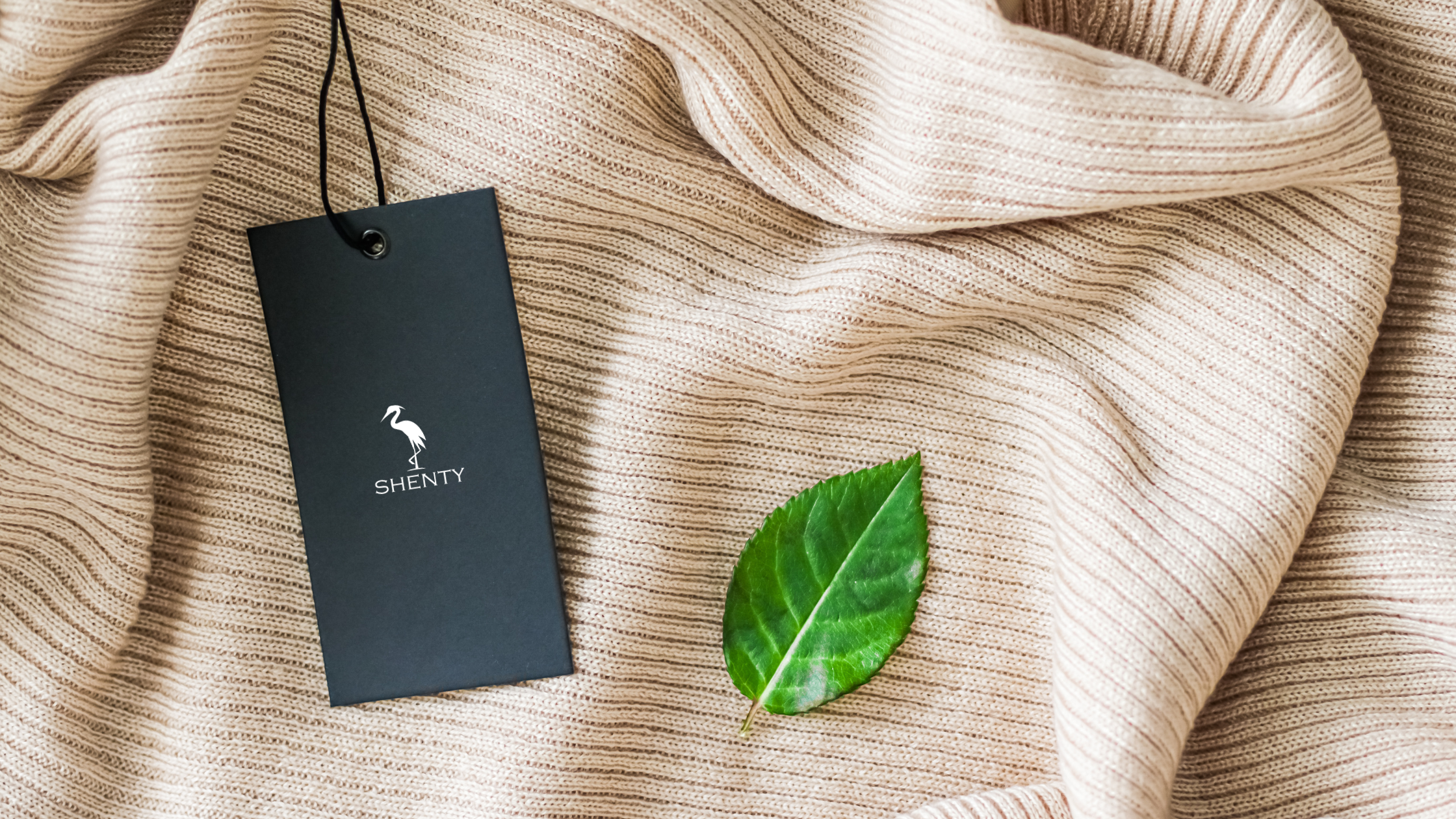In the current context in which sustainability is at the center of global discussions, the fashion industry is facing an epochal transformation. Increasingly conscious consumers are looking for sustainable alternatives, pushing designers and manufacturers to explore innovative materials. Among the many emerging solutions, four fabrics in particular are gaining popularity for their eco-friendly footprint and revolutionary features. Currently at Shenty we are working on the production of some clothing items made with these 4 fibres, which will be available in the next collections.
- Tencel: wood fiber
Tencel is a textile fiber obtained from wood pulp, often eucalyptus. Tencel production is known for its closed-loop process, which minimizes waste and environmental impact. This fiber is biodegradable and offers similar comfort to cotton, but with a significantly smaller ecological footprint. Its versatility makes it suitable for a wide range of garments, from casual to more elegant fashion.
- Piñatex: the fiber of pineapple leaves
Piñatex is an innovative fabric obtained from the fibers of pineapple leaves. This material uses waste from the pineapple industry, transforming it into a valuable resource. Piñatex is durable, lightweight and has a unique texture making it suitable for fashion accessories and footwear. Its production helps reduce waste and supports the agricultural communities involved in pineapple cultivation.
- Econyl: the fabric recycled from the ocean
Plastic pollution in our oceans is one of the most pressing environmental challenges. Econyl is an answer to this problem: it is a fabric made from regenerated nylon, obtained from plastic waste recovered from the seabed. Econyl production reduces reliance on virgin nylon production, helping to preserve natural resources and mitigate the environmental impact of plastic in the ocean.
- Bemberg: eco-sustainable silk
Silk is a valuable fabric, but its production often requires intensive processes and significant resources. Bemberg is an innovative and sustainable silk obtained from wood cellulose. This fabric offers the same shine as traditional silk, but with a reduced environmental impact. Bemberg is biodegradable and offers an elegant solution for those looking for high-quality garments without compromising sustainability.
In conclusion, sustainable fashion is no longer just a trend, but an imperative necessity in the contemporary era. These four fabrics of the future offer eco-friendly alternatives without compromising style or quality, proving that it's possible to dress well without harming the planet. Choosing sustainable fabrics is an important step towards a more environmentally conscious and respectful fashion sector.
